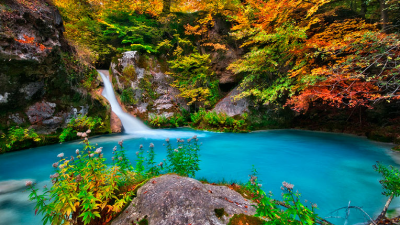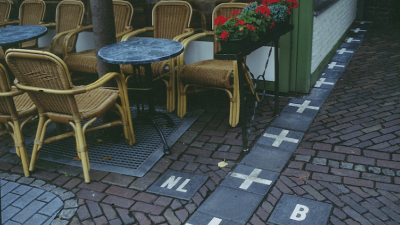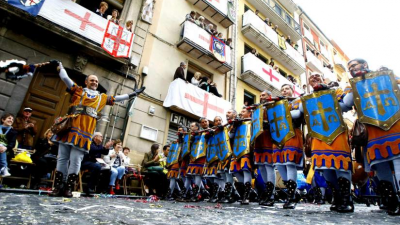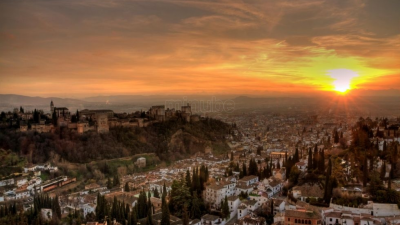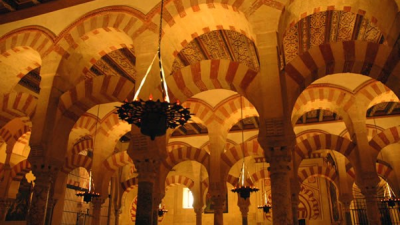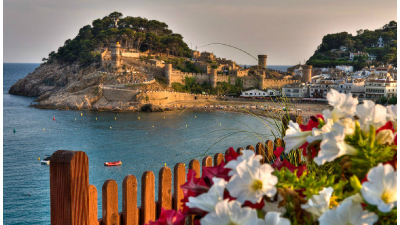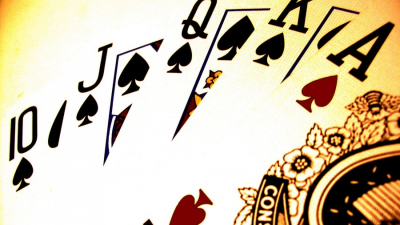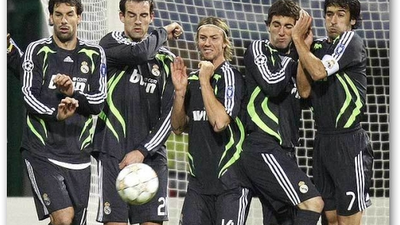The most curious traditions of Holy Week in Spain
|
OTHERS
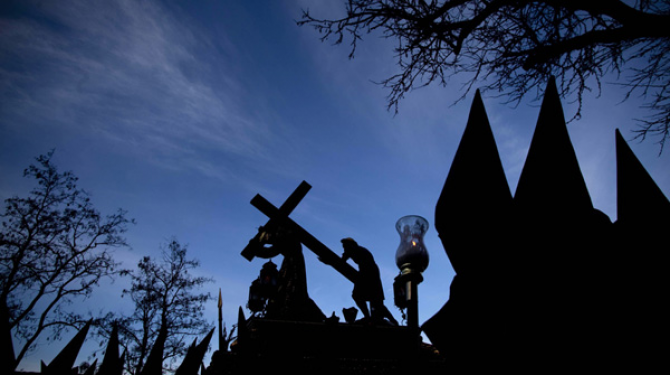
Source: listas.20minutos.es
Holy Week is a religious festival that is lived with roots in Spain, but each region has very different traditions; There are austere and silent Holy Weeks, and other vivacious and musical ones. But in this list, a compilation of some very special and curious Easter traditions in Spain is made. Of course these are not the only curious customs and in some cases, not so well known of the Spanish Holy Week. There are many more ... but they would give for a whole book. Which do you find most curious and interesting?
TOP 15:
Alcañiz and Calanda
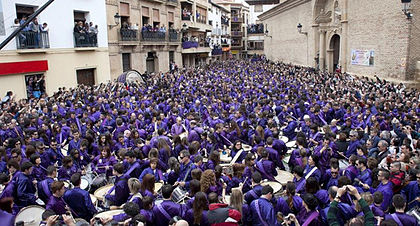
In Alcañiz, in the lower Aragón, a deep silence accompanied by drums that touch sadness will seize you on Holy Thursday. And on Friday all the neighbors leave their homes hitting the drum and, from the square, in two rows announce the death of Christ. Another locality, Calanda, is known internationally for "La Rompida de la hora", which takes place at twelve o'clock in the morning of Good Friday, in the afternoon whole families parade in the procession of the Pregón. It is spectacular because, at the touch of the cornets, everyone stops and, protected by silence, the preacher proclaims the death of Christ. You can never forget that heartbreaking voice.
TOP 14:
Logroño (La Rioja)
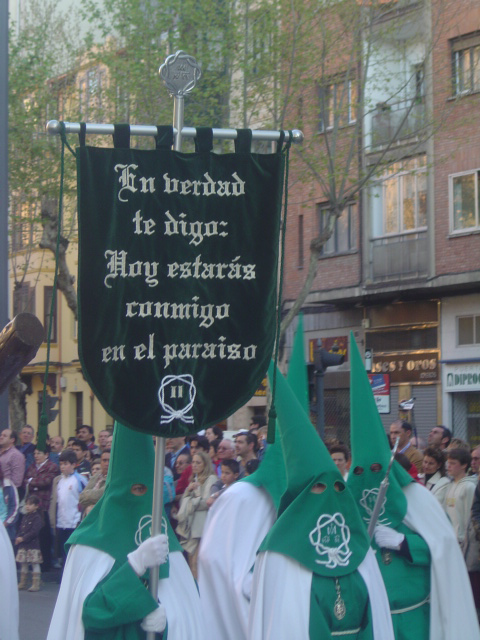
* Suggested by the user "Rafa Cda" _________ The Brotherhood of the Seven Words and the Silence, of Logroño, celebrates its Holy Week since 1997 asking the Government for the pardon of a prisoner in his penitentiary. If the pardon is approved, it is carried out on Holy Thursday, during the penance season of the brotherhood, whose image is that of a Christ lying. When arriving at the Palace of Justice, the pardoned one leaves with the same clothing that the brothers. The only requirement is that the prisoner has the third degree, most of his sentence has been completed and that his crime has not been too serious.
TOP 13:
Orihuela (Alicante)
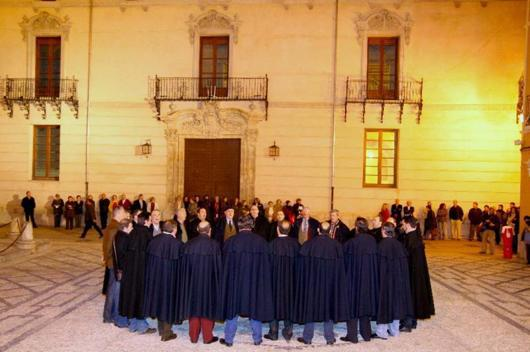
The General Procession of Good Friday is considered one of the largest in Spain, with ten brotherhoods and more than 8,000 Nazarenes, 1,200 musicians, two Roman centuries, and a century of Praetorian Guard. Holy Week has recently been distinguished with the declaration of International Tourist Interest.
TOP 12:
Verges (Gerona)
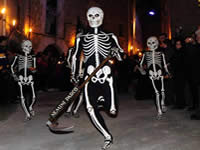
The very particular procession held in the Girona town of Verges, consists of the participation of all the neighbors on Holy Thursday night in the so-called "dansa de la mort" (dance of death), where they are dressed in a skeleton costume. possessed to the rhythm of the music of a kettledrum. This dance was very typical throughout western Europe at this time, but Verges is the only place in the world in which, today, it remains as it was celebrated in medieval times.
TOP 11:
Basin
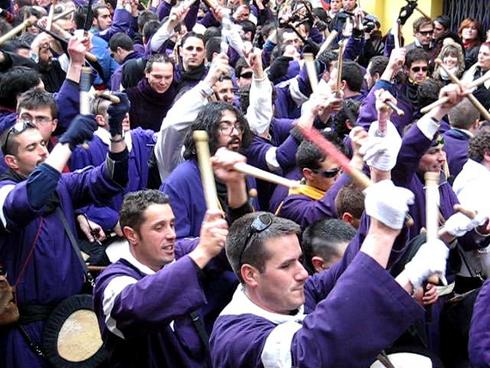
The Procession of the Drunkards is different to all the processions of the rest of Spain. In this procession, the drunkards represent the Jews and during 12 hours they try to avoid that Jesus arrives at his destination blocking the Nazarenes throughout the night. It receives the name of the "procession of the drunks" for the typical drink of Cuenca: the resolved.
TOP 10:
Salamanca
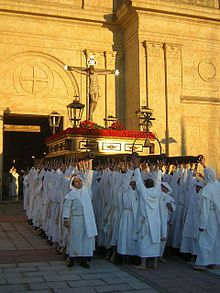
Holy Week in Salamanca is one of the most deeply rooted celebrations in the city. In 1995, it was declared a Regional Tourist Interest Party of Castilla y León, and in 1999 it was recognized as a Festival of National Tourist Interest. The culmination of this process is the declaration of the Holy Week of Salamanca as a Festival of International Tourist Interest in 2003.
TOP 9:
Leon (the burial of Genarín)
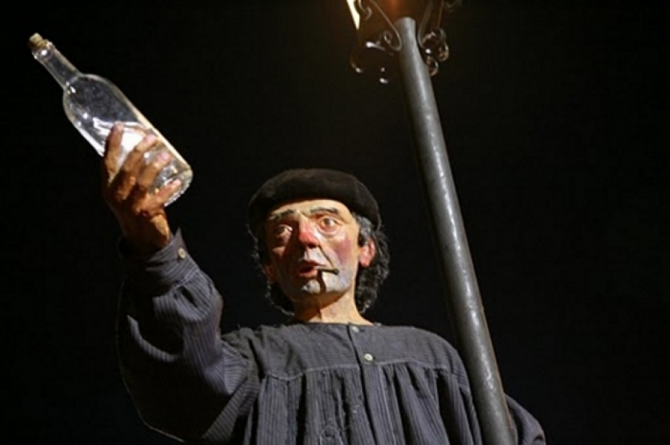
The most curious tradition of Holy Week in Spain is the Entree of Genarín, a pagan celebration in León that consists of a funeral procession on Holy Thursday night, through the old town, which pays homage to Genaro Blanco, Genarín, one of the most peculiar characters in the history of León. A skinner fond of marc and brothels, well known in the bohemian atmosphere of his time, who died on that night in 1929 hit by a garbage truck. The tradition began in 1930. Today it has become a popular tradition in which you drink, sing and read poems and coplillas type: And following your habits, which were never a luxury, we drink in your memory a copina of marc.
TOP 8:
Medina del Campo (Valladolid)
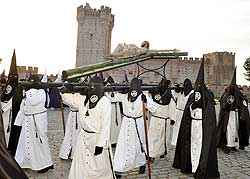
Holy Week in Medina del Campo has the oldest disciplinary processions in Spain. San Vicente Ferrer established this type of procession in 1410. The "Procession of Charity", the "Procession of the True Cross", the "Procession of the Encounter" and the "Procession of Silence" stand out.
TOP 7:
Cartagena (Murcia)
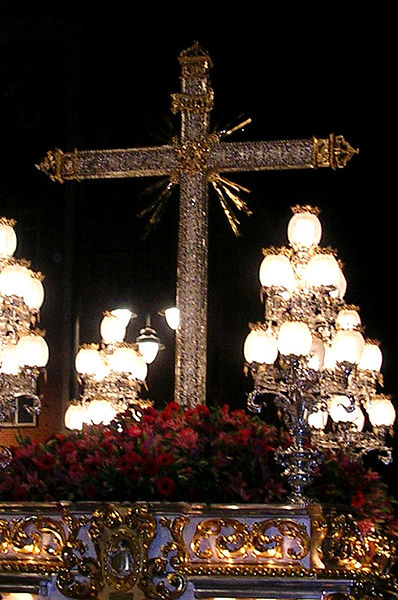
The processions of Cartagena have as their most outstanding feature the order of the penitents, who march to the beat of the drum in unison and remain static at the stops. It was the first in the Region of Murcia to receive the declaration of Fiesta of International Tourist Interest.
TOP 6:
Malaga
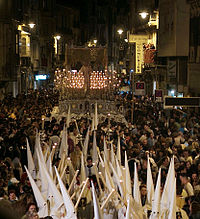
The Week of Passion of Malaga is a show for the five senses, with their thrones, images, thousands of Nazarenes and penitents that give light and color with their candles and clothes, and fill with music, aromas of incense and flowers at the pace of the processions and thousands of people who crowd to admire their brotherhoods. Unlike other processions, the one in Málaga is lived with joy and bustle. It was declared of International Tourist Interest in January 1965.
TOP 5:
Granada (Andalusia)
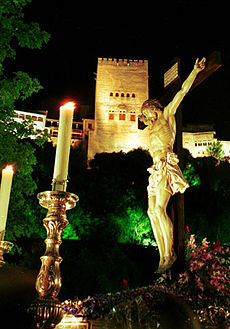
* Photograph: "The Christ of the Gypsies for the Carrera del Darro with the Alhambra in the background." _________ * Suggested by the user "Rafa Cda". The Holy Week of Granada is the celebration of the passion, death and resurrection of Christ through the processions that the brotherhoods carry out that week in the city. In addition to the unquestionable religious aspect, which makes it the most important event of this nature of the city of Granada, Holy Week supposes a sociocultural, tourist and economic phenomenon of great importance in the city, being one of the most beautiful in the city. Andalusia and Spain, has been declared by the Ministry of Industry, Tourism and Trade since October 15, 2009 as a Festival of National and International Tourist Interest, due to, among many other reasons, the "antiquity" of the same, its "continuity" »In time and the« rootedness »of the party in Granada, which implies« citizen participation in the development of the festival and finally the originality and diversity of the events », factors that contribute greatly to the tourist development of the city. city of the Alhambra.
TOP 4:
Lion
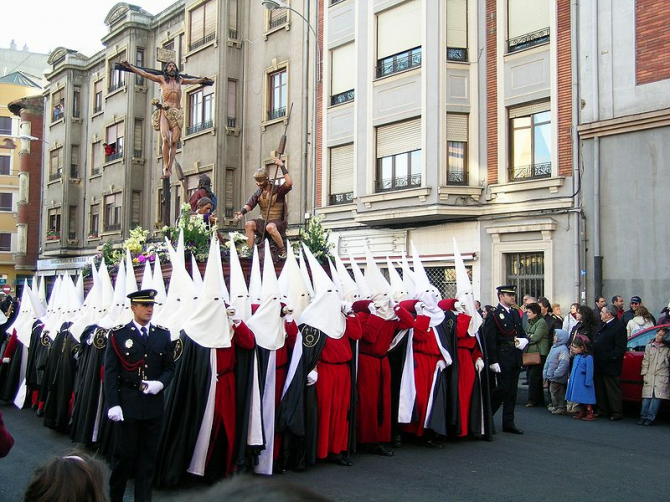
The Ronda is a singular and unique act of the Holy Week of León. The Round departs at 12 noon. of the night of the Pza. de San Marcelo, in the heart of the city, where the official "touches" are carried out, with which the town of León is summoned to the procession of the Steps, an authentic recreation of Calvary, the next morning. For this, four brothers of the brotherhood dressed in their tunic sound the shearing, the bugle and the drum, while one of them cries out: "Get up, little brothers of Jesus, it's time". This festival was declared of International Tourist Interest.
TOP 3:
Seville
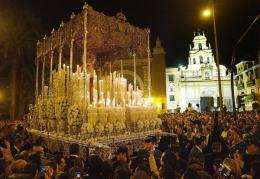
Holy Week in Seville focuses on the celebration of the passion and death of Christ through the processions carried out by the brotherhoods to the Cathedral. The processions of the Virgin Macarena or the Jesus of the Great Power are the most exciting demonstrations of religiosity and the Sevillians live it with great intensity.
TOP 2:
Zamora
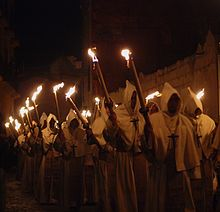
The Holy Week of Zamora is known in this city as La Pasión de Zamora. It is the most relevant religious, cultural and social event of the city. This celebration was declared of International Tourist Interest in 1986. The city, which has about 60,000 inhabitants, has more than 300,000 in Holy Week.
TOP 1:
Lorca: the Holy Week of Ben-Hur
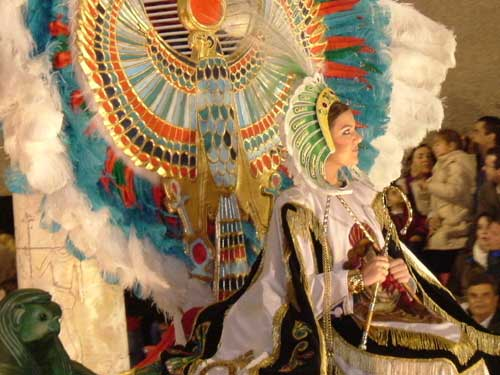
Imaging is one thing, imagination is another. If the first win Andalusians and Castilians, in the second triumph the inhabitants of Lorca (Murcia). His Holy Week is, rather, Roman. Here, the two main brotherhoods of the city (known as Whites and Blues) compete to be the best. On both sides, people are dressed ... citizens of the Roman Empire. Everything goes: from emperors to gods like Jupiter, to Egyptian soldiers, chariots and horsemen, many of them on heavy floats that run through the city. Of course, the Catholic feeling is also represented with virgins such as the Bitterness or the Sorrows, dressed in rich embroidered robes ... and lavish banners. These are the steps of devotion; those of fun and, therefore, the most anticipated, are those of Queen Cleopatra, carried on the shoulders by Egyptian troops, and that of Antichrist, with the appearance of a demon. To finish off this kind of Ben-Hur to Lorca, chariot races are held, where citizens wave blue or white handkerchiefs, depending on the guild they defend, to encourage them to win. By the way: if you think this is funny, wait to see the chariot of the Queen of Saba pulled by slaves ...

